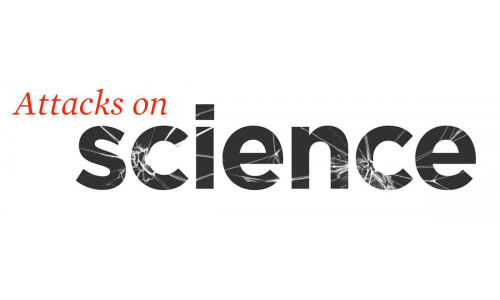Many in the United States currently lack access to electoral information that could improve our ability to vote, increase trust in elections, and help communities better organize under-represented groups.
The report reviews current policies across multiple states, including Michigan, North Carolina, Ohio, Pennsylvania, and Wisconsin, and offers recommendations for best practices in maintaining voter lists and files, processing ballots, "curing" and certifying ballots, and increasing access to election information in order to spot potential problems and boost public trust in election results.
Recommendations for Improving Election Data Transparency
This is a text-only version of the fact sheet, which you can also download as a PDF. For in-depth information about these recommendations, download the accompanying white paper.
Data Transparency Improves Democracy
High-quality democracy requires that the public has equal access to information, including information about election administration. Unfortunately, much election data in the United States is not publicly available. When it is available, it is usually not in a format that can easily be read and analyzed (i.e., not in machine-readable formats), which reduces its usefulness in improving US democracy.
This data inaccessibility has the following consequences:
-
Restricts public access to important information about election administration, stifling the public's ability to assess government undertakings.
-
Increases difficulty in assessing government actions, reducing electoral engagement among potential voters.
-
Erodes public trust in elections, increasing the potency of disinformation (see here and here) and undermining the electoral process.
-
Prevents community organizations from undertaking important election administration research and reduces their ability to increase voter participation.
Greater election data transparency improves the quality of democracy in the following ways:
-
Allows voters to ensure they are registered to vote and to rectify any issues with their voter registration, thereby improving voter participation.
-
Enables community organizations to conduct research identifying where election administration can be improved while also allowing them to organize voters and increase voter turnout.
-
Increases the public's trust in the election process and decreases the spread of mis- and disinformation, protecting US electoral processes and increasing potential voters' willingness to engage with the political system.
To improve the quality and accessibility of our democracy, the Center for Science and Democracy at the Union of Concerned Scientists has compiled a list of recommendations that rely on the most up-to-date election science.
Public data belongs to the public. By following the recommendations below regarding election data transparency, election officials can take real and important steps in improving the quality of US democracy.
Election Science Recommendations on Data Transparency
Voter File Maintenance
Election officials should publicly release inactive registration lists and removal lists at least 30 days prior to registration deadlines and 30 days prior to Election Day.
-
Ensure registration records include updated voter contact information to expedite communication and ballot verification.
-
Ensure voter files also include registration method, registration status, party registration, and voting method from prior elections.
Ballot Processing
Election officials should take the following actions:
-
Provide shapefiles (digital geographic files necessary for mapping; see Figure below for an example) to the public so electoral data can be visualized geographically.
-
Adopt ballot tracking technology that allows voters who have cast ballots by mail to follow their ballots' progress.
-
Update voter files daily after voting begins and publish this data in a machine-readable (e.g., CSV) format.
-
Release election results, including vote counts and under-/over-votes, in a machine-readable format in a timely manner.
Ballot Curing, Auditing, and Certification
Administrators, counties, and election officials should take the following actions:
-
Release ballot rejection alerts and records of rejected ballots, and recruit community organizations to assist with outreach to validate ballots/correct errors.
-
Conduct audits to determine the accuracy of vote counts.
-
Run risk-limiting audits, which review a representative sample of ballots cast.
-
Publish the results of audits prior to election certification.
-
Authors
Lisa Van Theemsche is a Washington Representative II in the Center for Science and Democracy at UCS.
Downloads
Citation
Gordon-Rogers, Liza, Michael Latner, and Christopher Williams. 2024. Recommendations for Improving Election Data Transparency. Cambridge, MA: Union of Concerned Scientists. https://www.ucsusa.org/improving-election-data-transparency.



